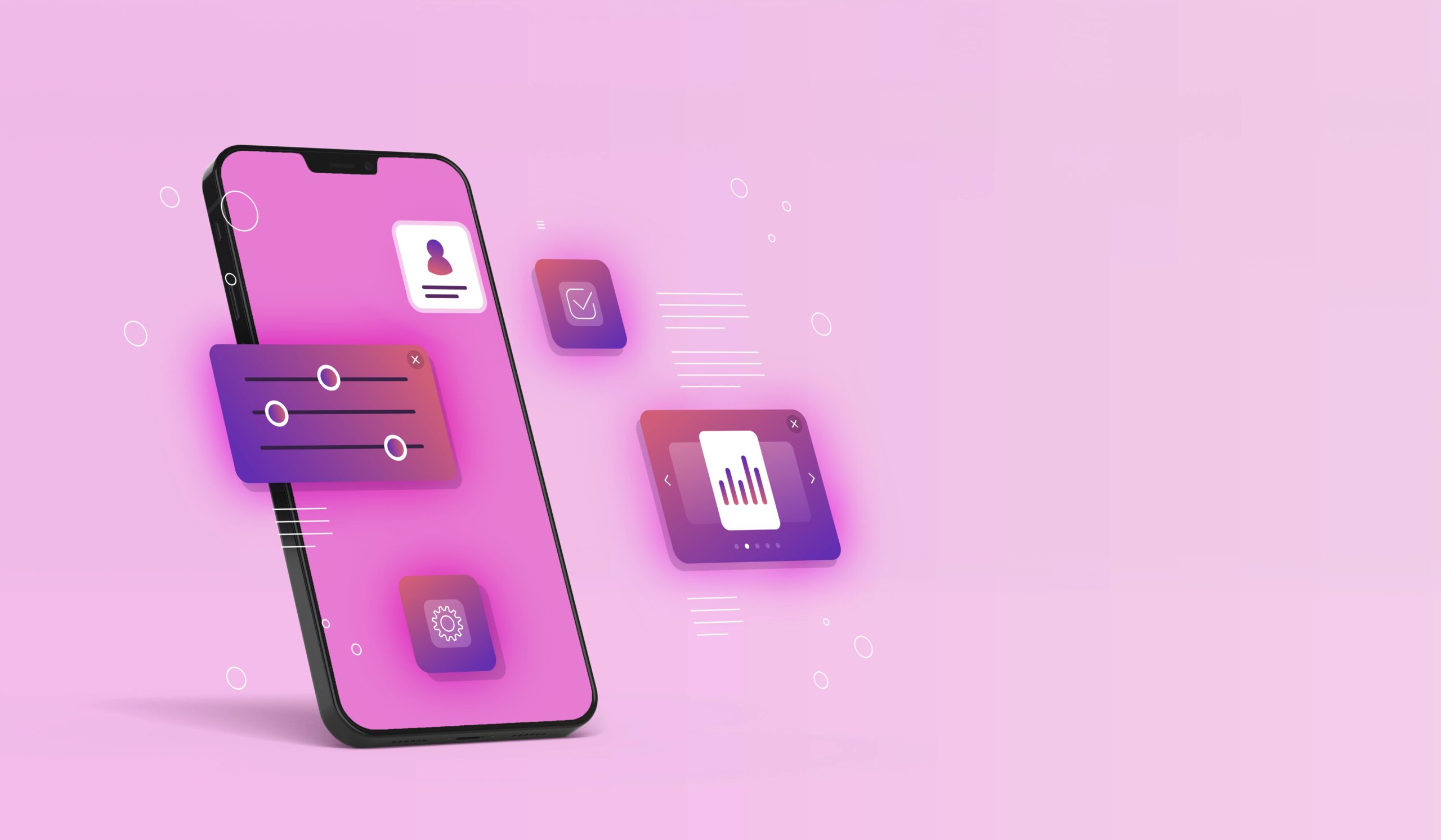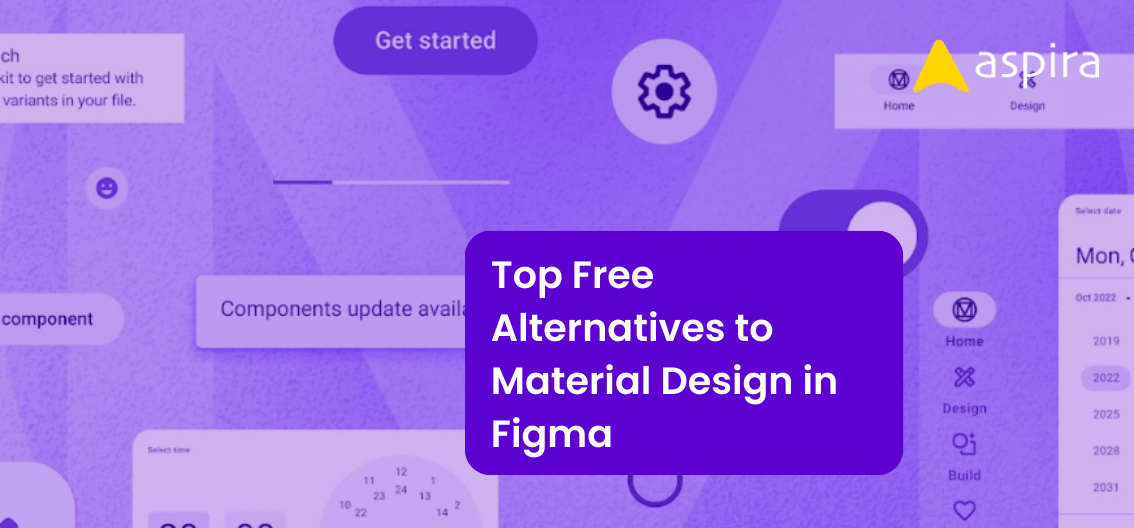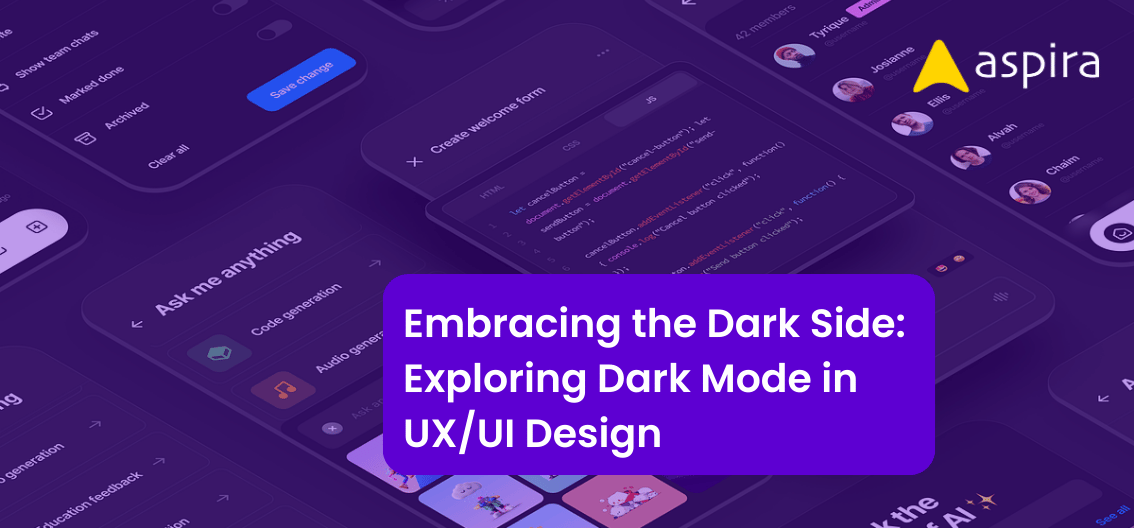UX Design - Mentor & Author.
10 Jul, 2024

In today’s digital landscape, static interfaces are a thing of the past. UI animations, the subtle or dynamic movements within a user interface, have become a game-changer. They’re not just eye candy; they can transform how users interact with your product, guiding them through tasks, providing feedback, and creating a more engaging experience. But where do you start? How do you ensure your animations add value instead of becoming a nuisance? Let’s unlock the secrets to crafting UI animations that captivate.
What is UI Animations?
UI animation refers to the dynamic, visual effects that occur in the interface of a digital product. These animations can include transitions, movements, and transformations that occur when a user interacts with elements on a screen. From the subtle movement of a button to the complex transition of a page, UI animations guide users, provide feedback, and add a sense of delight to the overall experience.

UI Animation Vs Motion Graphics
While UI animation and motion graphics share similarities, they serve different purposes. Motion graphics typically refer to animated graphic design, used mainly in videos and presentations to illustrate concepts and tell stories. In contrast, UI animations are integrated into the user interface of digital products, focusing on enhancing usability and providing intuitive interactions. Understanding this distinction is crucial for designers aiming to create animations that serve a functional purpose within a UI.
Tips for Creating Fantastic UI Animations
Tell a Story: Great animations don’t just move, they convey a message. Use animation to guide the user’s eye, highlight important actions, and create a sense of flow throughout the interface. Think of it as a visual narrative that supports the overall user journey.
Be Subtle: Don’t overwhelm users with flashy animations. The best UI animations are often subtle and nuanced, enhancing the experience without becoming a distraction. A well-timed bounce or a smooth opacity change can make all the difference.
Keep It Purposeful: Every animation should have a clear reason for being. Ask yourself: what problem does this animation solve, or how does it improve the user experience? Animations that are purely decorative can become annoying and hinder usability.
Mind the Duration and Timing: The speed and duration of your animations are crucial. Animations that are too slow can drag and frustrate users, while those that are too fast can be jarring and difficult to follow. Aim for a sweet spot that feels natural and effortless.
Be Consistent: Maintain a consistent animation style throughout your interface to create a cohesive user experience. This includes using similar timing, easing functions (how the animation accelerates and decelerates), and overall visual language. Consistency builds trust and makes the interface feel polished and professional.
Conclusion
Creating great UI animations is an art that blends storytelling, subtlety, purpose, timing, and consistency. Done right, they enhance user experience, making products more engaging and intuitive. These tips help designers craft animations that look good and serve a functional purpose, guiding users seamlessly. The goal is to make the interface feel alive and responsive, leading to a more enjoyable user experience.


